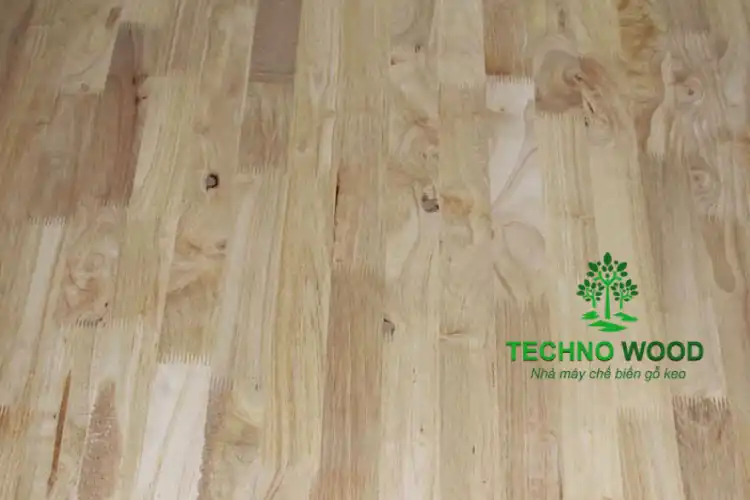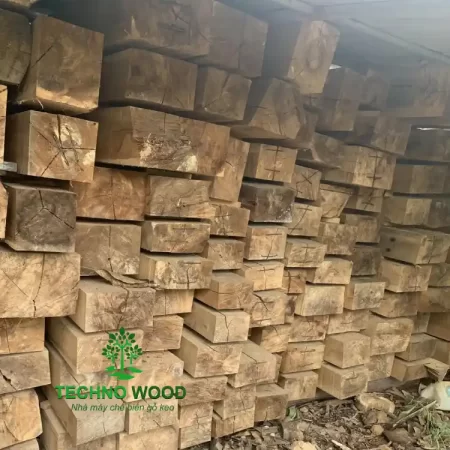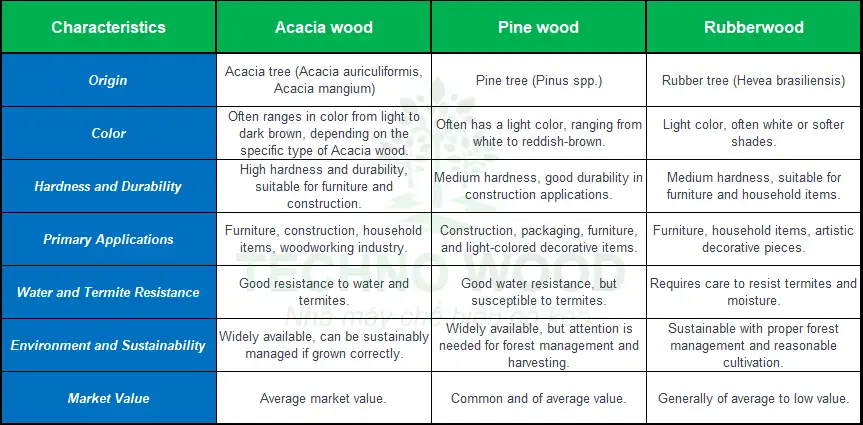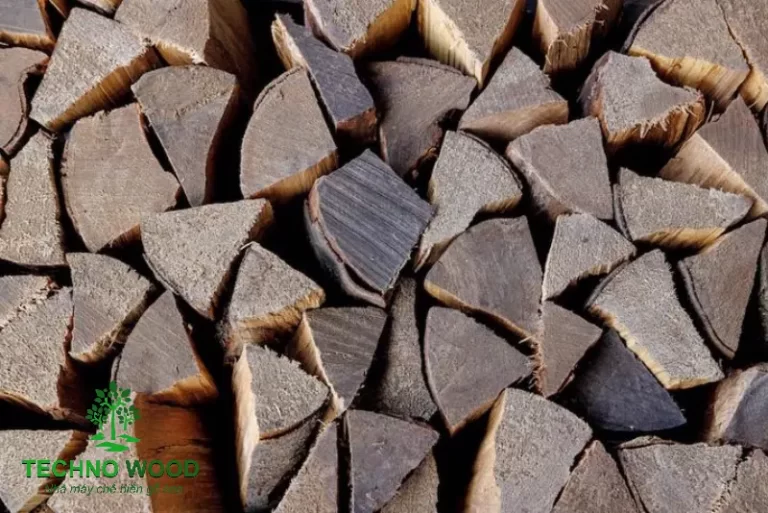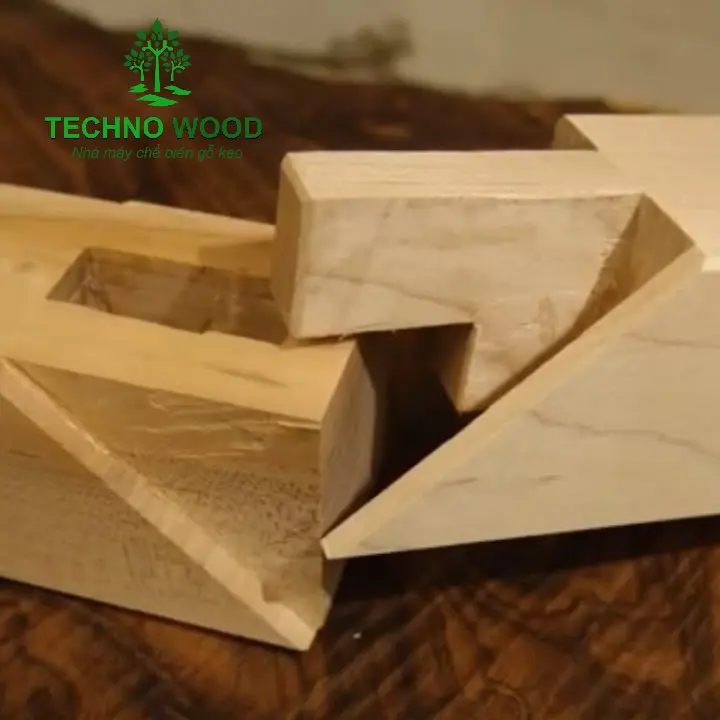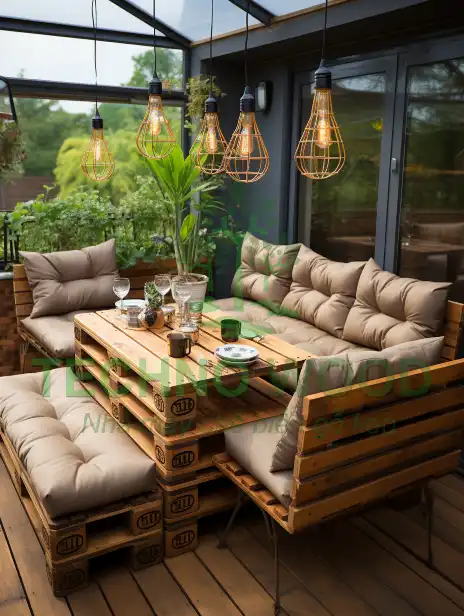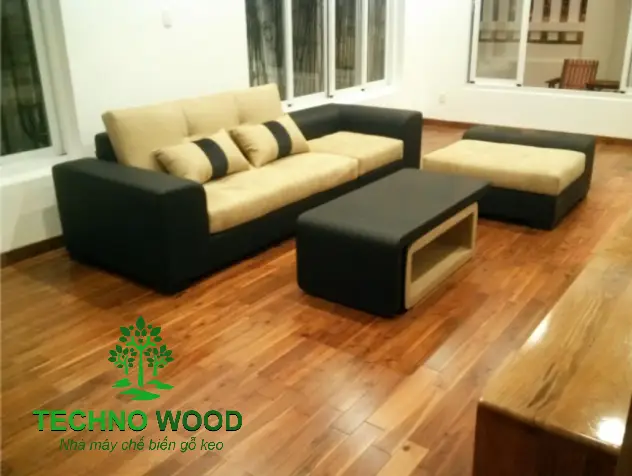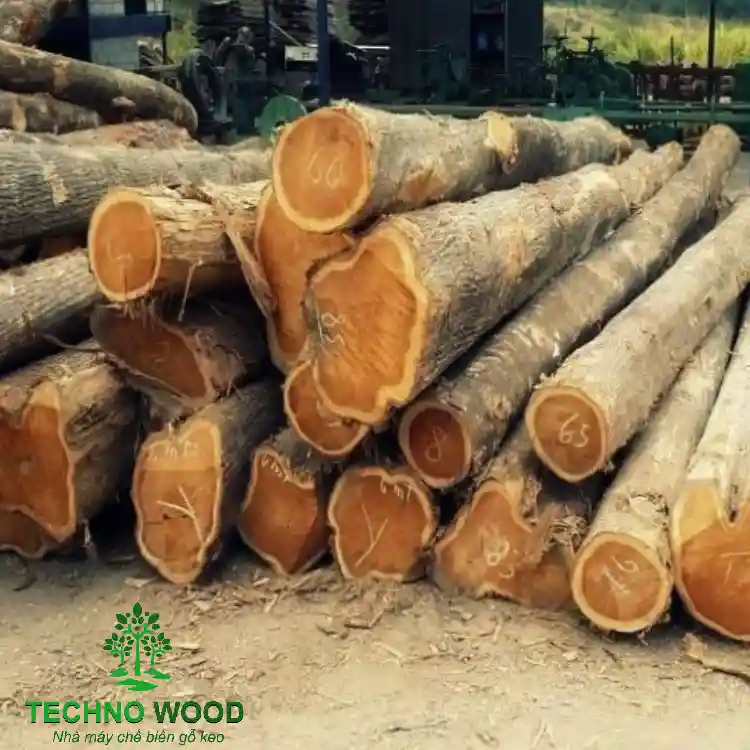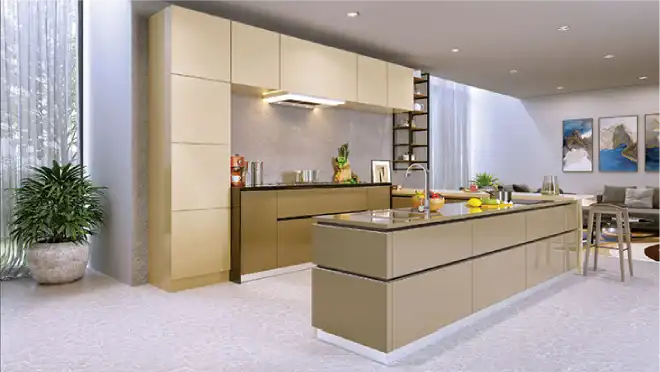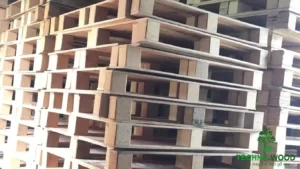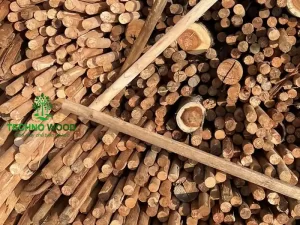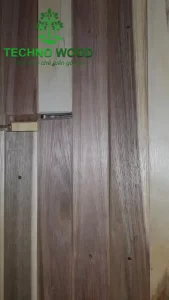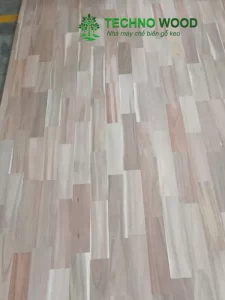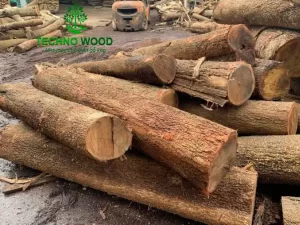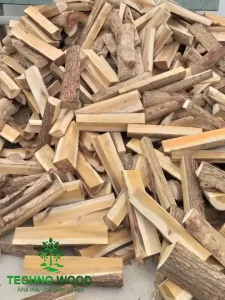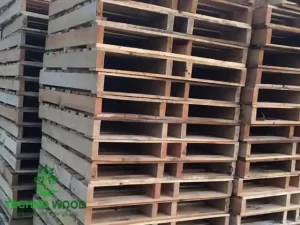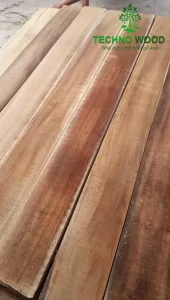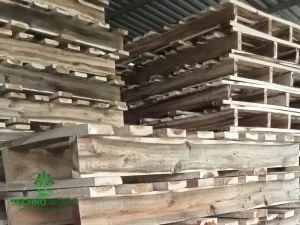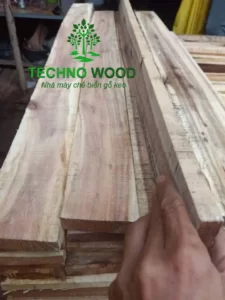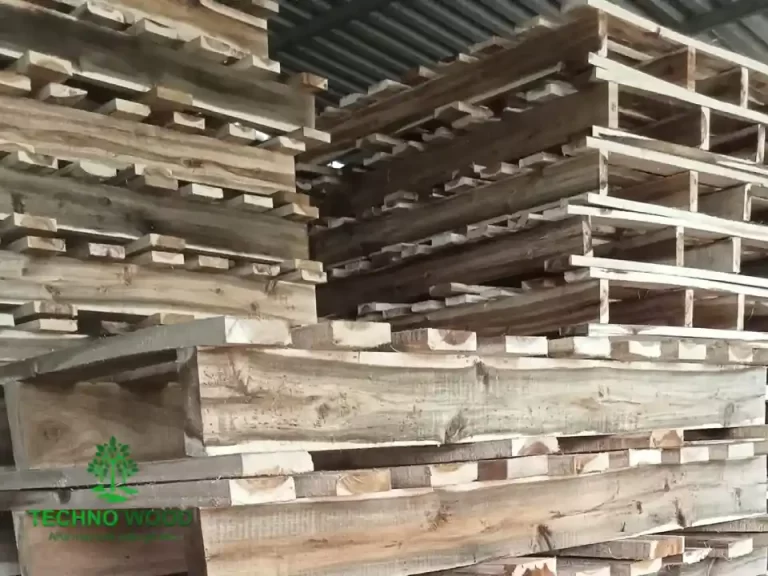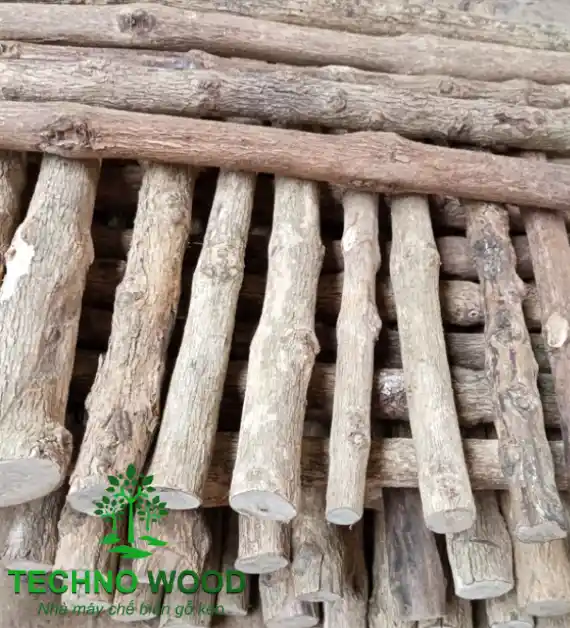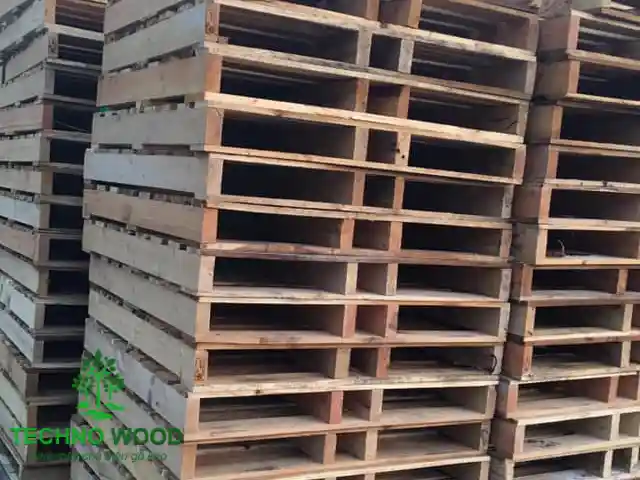In the construction and furniture sectors, choosing between various types of wood can significantly impact the quality and aesthetic appeal of the final product. This article will provide insights into the characteristics, applications, as well as the advantages and disadvantages of Acacia wood, Pine wood, and Rubberwood – the three leading popular woods in Vietnam.
1. Acacia wood
1.1 Advantages of Acacia Wood
- Acacia wood boasts high durability, enabling products made from this wood to withstand rigorous usage conditions and the test of time.
- Acacia wood possesses excellent hardness, making it suitable for a wide range of construction and furniture manufacturing applications.
- Acacia wood finds utility across various sectors including construction, furniture production, packaging, and even artistic creations.
- Given the extensive coverage of acacia forests, with sustainable management, cultivating acacia trees can provide a continuous wood supply without causing significant harm to the environment.
- Acacia trees have a short growth cycle, reducing pressure on wood resources and enhancing sustainability.
1.2 Disadvantages of Acacia Wood
- Acacia wood often exhibits uneven coloration, which can necessitate careful aesthetic selection in crafting and furniture production.
- Some types of acacia wood can be more challenging to process compared to certain other hardwoods, potentially requiring specialized processing techniques.
- The quality of acacia wood can be influenced by soil quality and the cultivation practices of the trees.
- Acacia trees thrive in specific soil conditions and may not grow well if planted in unsuitable terrains.
- For acacia wood managed under unsustainable forestry practices, negative environmental and ecological impacts can arise.
- To ensure sustainability, the management and cultivation of acacia trees need to be conducted properly to avoid issues such as depletion of resources and loss of biodiversity.
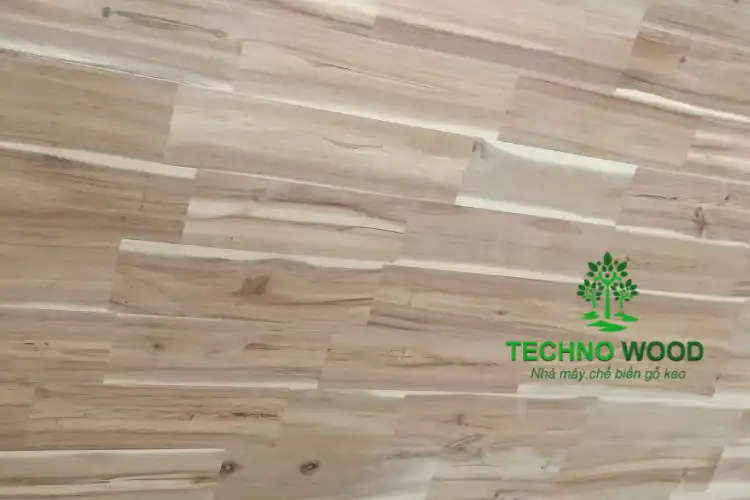
2. Pine wood
1.1 Advantages of Pine Wood
- Pine wood typically has a lightweight and easy-to-process nature, making handling and transportation convenient.
- Pine wood exhibits good resistance to termites, rendering it suitable for construction and furniture manufacturing applications.
- Pine trees generally have a short growth cycle, ensuring a quick wood supply and reducing pressure on timber resources.
- The light color of pine wood makes it suitable for various decorative and construction applications without the need for staining or finishing.
- Compared to some other hardwood varieties, pine wood is often more affordable, making it an economical choice.
- Pine wood is widely available and easily sourced, making it an ideal raw material for numerous industries.
1.2 Disadvantages of Pine Wood
- Pine wood generally has lower durability and hardness compared to some other hardwoods, making it less suitable for applications that demand high hardness and durability.
- Pine wood is prone to warping and splitting when exposed to harsh environments or sudden changes in moisture content.
- Pine wood can absorb more water than some other wood types, making it softer and more susceptible to deformation upon water exposure.
- The plain coloration of pine wood may be less appealing than some woods with more intricate color patterns.
- The harvesting of pine wood can impact the environment, especially when sustainable forestry practices are not implemented.
- Pine wood has the tendency to contract and expand when faced with sudden changes in environmental conditions, potentially distorting wood-crafted products.
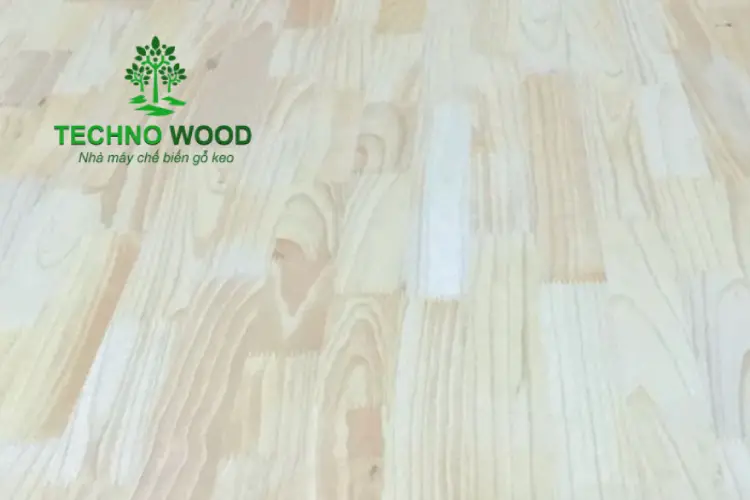
3. Rubberwood
1.1 Advantages of Rubberwood
- Rubberwood boasts good durability and hardness, making it suitable for various construction and furniture manufacturing applications.
- The color of rubberwood is typically attractive and diverse, making it suitable for furniture production and decorative items.
- Rubberwood exhibits excellent resistance to water and termites, making it ideal for outdoor applications and humid environments.
- Rubber trees have a short growth cycle, alleviating pressure on timber supply and enhancing sustainability.
- Rubberwood is easy to process and can be utilized for crafting artistic and decorative items.
- When managed sustainably, cultivating rubber trees can provide a continuous wood supply without significant harm to the environment.
- Rubberwood often commands a higher market value due to its hardness, durability, and resistance to termites.
1.2 Disadvantages of Rubberwood
- Rubberwood is prone to warping and splitting when exposed to harsh environments or sudden fluctuations in moisture levels.
- The quality of rubberwood can be influenced by soil quality and the cultivation practices of the trees.
- Rubberwood is suited for specific soil regions, and it may not thrive well if planted in unsuitable terrains.
- To ensure sustainability, the management and cultivation of rubber trees need to be conducted appropriately to avoid issues such as resource depletion and loss of biodiversity.
- Rubberwood has the tendency to expand and contract when faced with abrupt changes in environmental conditions, potentially distorting wood-crafted products.
